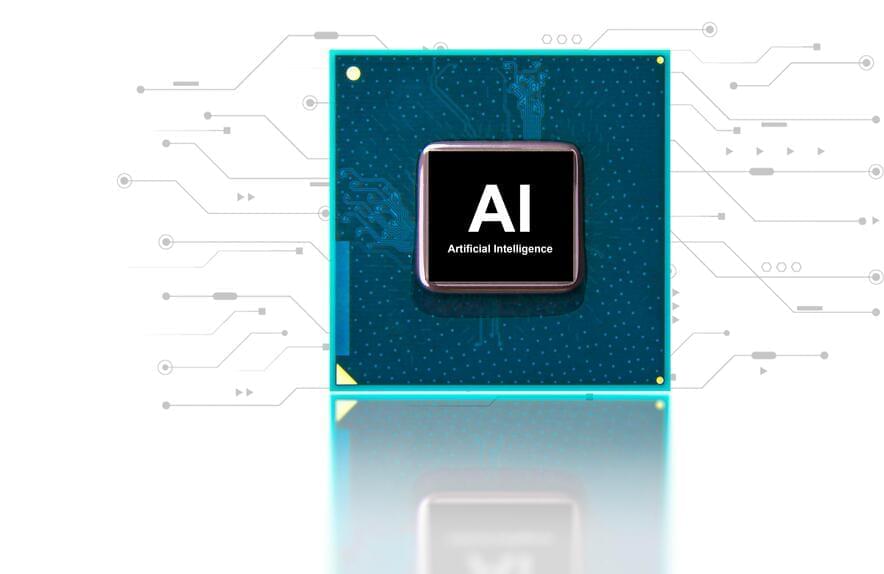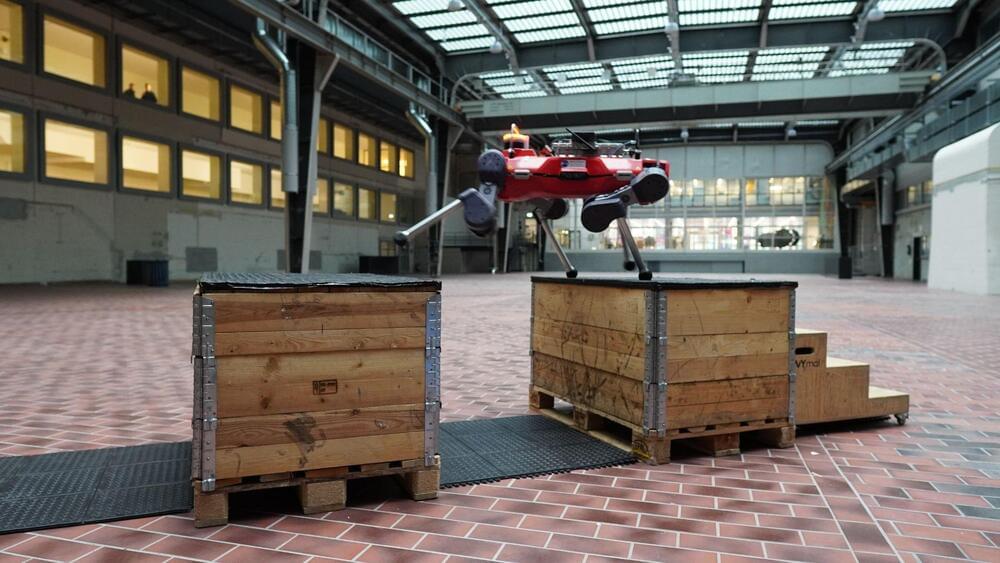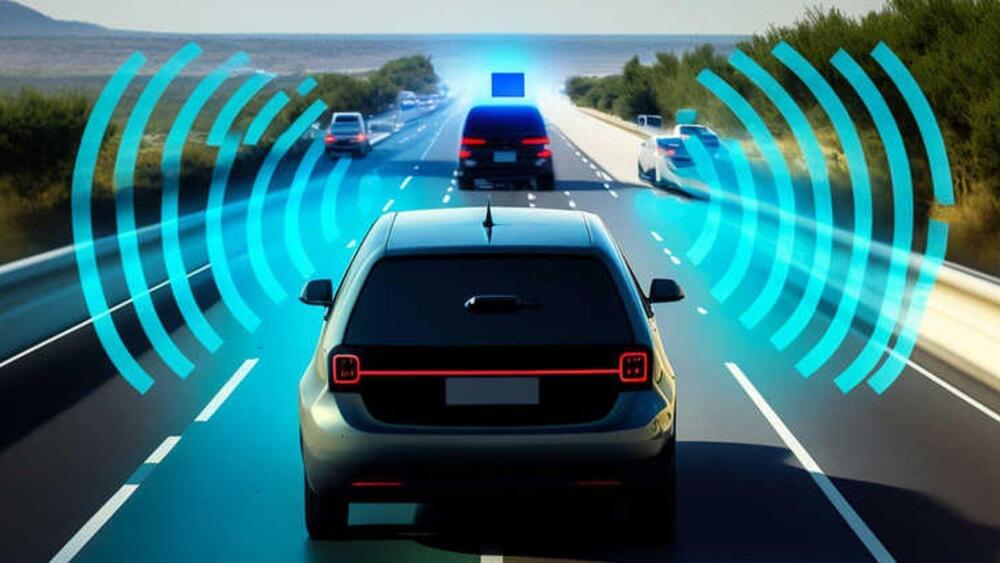SpaceX will launch Starship early Thursday after receiving the green light from U.S. regulators.
Will You Want An AI PC In 2024?
Posted in business, robotics/AI
Let’s be honest – we’re all getting sick of seeing AI plastered over every tech product. A trend that will not be slowing down any time soon. A recent victim of this trend is the PC market, as AMD, Intel, Microsoft, and Qualcomm have been talking about AI PCs for the last year or so. Microsoft will be hosting an event on March 21st that is titled The New Era of Work. AMD, Intel, and Qualcomm will have dueling keynotes for their respective CEOs at Computex in Taipei, Taiwan. Be prepared for a flood of AI PCs this year.
In all honesty, Tirias Research has been a promoter of AI processing as the next big wave of computing – using trained data to better process predictive models and user interfaces. The use of AI processing has made major improvements to such PC tasks as voice recognition, video upscaling, video call optimization, microphone noise reduction, and power/battery management. The role of Large Language Models (LLMs) to build AI that can generate novel material/content from text prompts (Generative AI or just GenAI) has unleased another level of applications for AI. With GenAI, some tasks such as image development, creative and business writing, chatbot assistants, and now even video creation are possible with minimal user input. But to date, GenAI has run in cloud datacenters with some limited client device examples. The processing requirements and the power requirements to run the ever-increasing demand for GenAI is threatening to break cloud data centers.
Stanford researchers devised a small, soft skin-like wearable device to monitor health. They are hoping to commercialize their product soon.
Dog-like robot ANYmal’s agility is boosted by a new framework, allowing it to tackle a basic parkour course at up to 6 feet per second.
DeepMind’s SIMA is groundbreaking because it doesn’t tap into a game’s internal structure or rule set. Instead, its knowledge base derives from extensive analysis of human gameplay footage paired with the explanations provided by data labelers.
What differentiates SIMA is its ‘generalist’ design. Google partnered with eight game developers to give SIMA access to a wide range of titles, ensuring the AI learns to grasp the core concepts of play within different virtual worlds. This exposure allows SIMA to follow instructions provided as simple text and interact with its environment as a human player might.
This marks a significant turning point for Bugatti as they embrace electrification, a move usually seen in production cars today.
Researchers at the US Southwest Research Institute (SwRI) have developed camera-based autonomous driving tools that can work without deploying technologies like LIDAR and RADAR.
The technology can potentially deliver stealth capabilities for the military while finding applications in space and agriculture.
Modern autonomous driving solutions rely extensively on light detection and ranging (LIDAR) sensors to visualize objects around the vehicle. A software solution then identifies the objects nearby and helps the vehicle’s computer decide whether to halt or slow down.
With their lightweight, flexible design, printed solar cells can be deployed in previously unimaginable ways.
China is trusting AI system for high-speed railway operations capable of accurately predicting faults and issuing warnings ahead of problems.
Artificial intelligence has delivered a major win for pathologists and researchers in the fight for improved cancer treatments and diagnoses.









